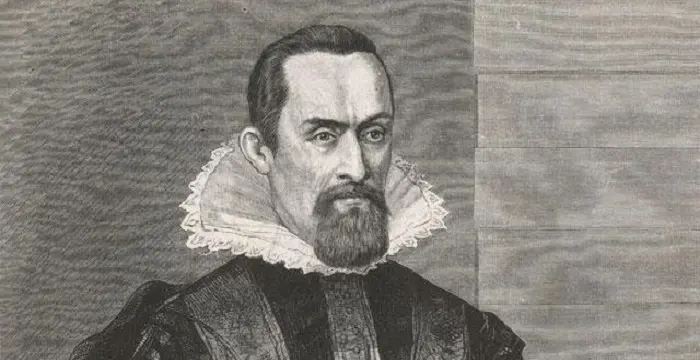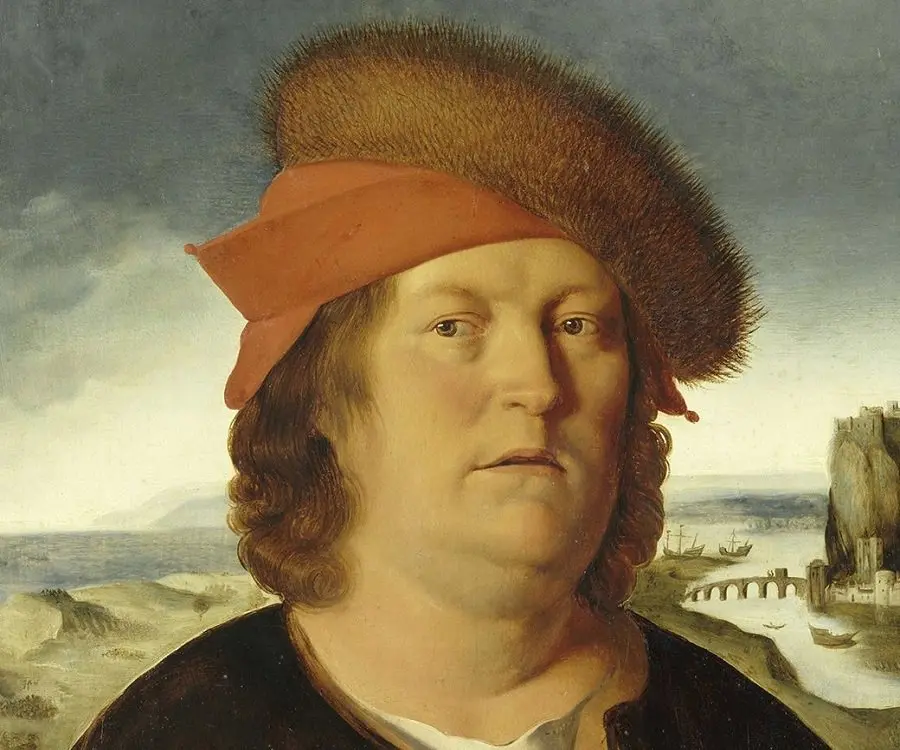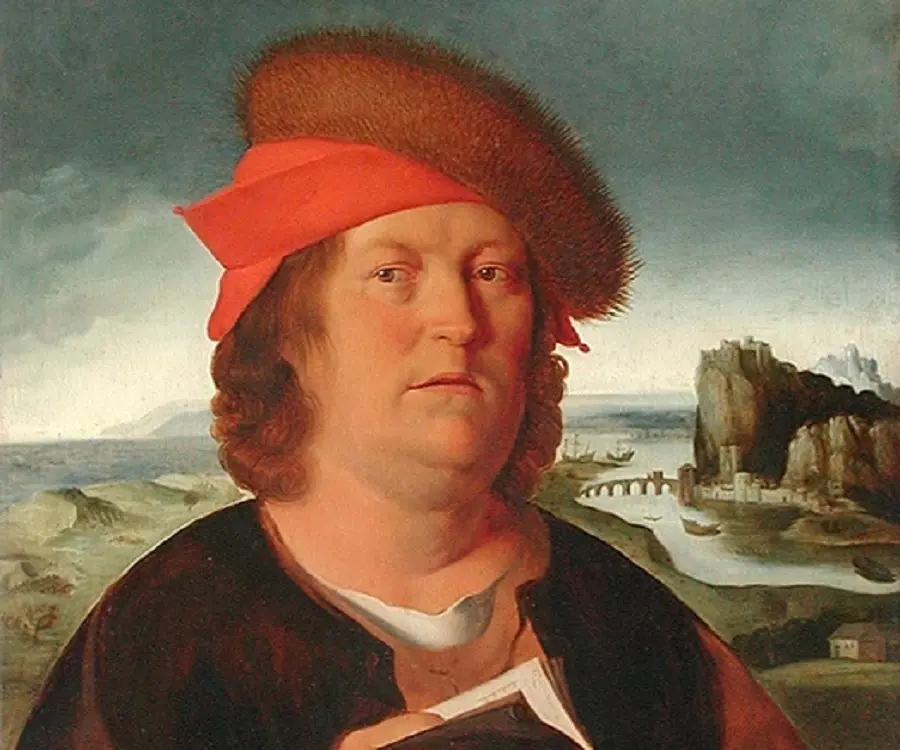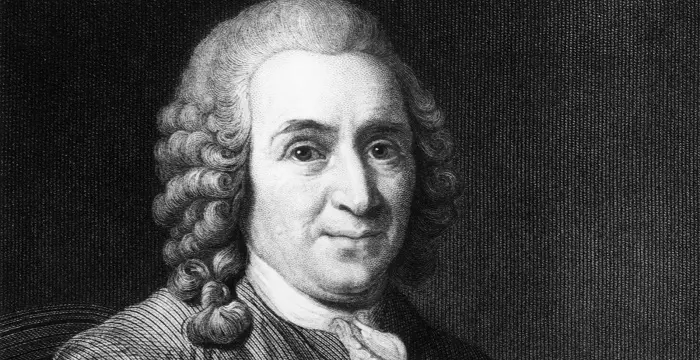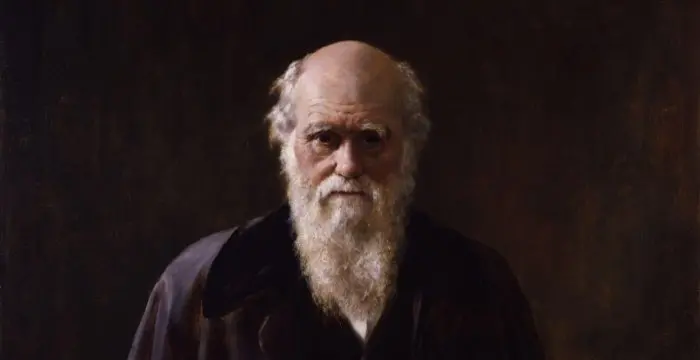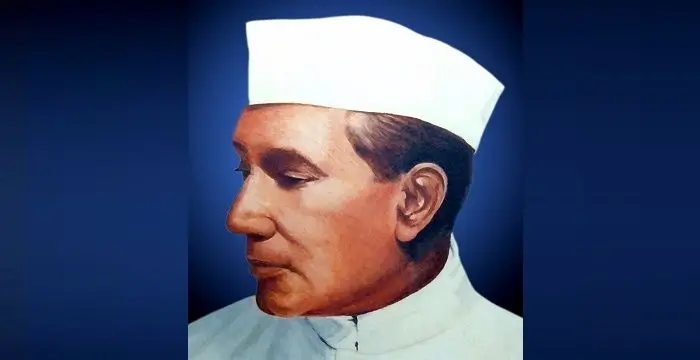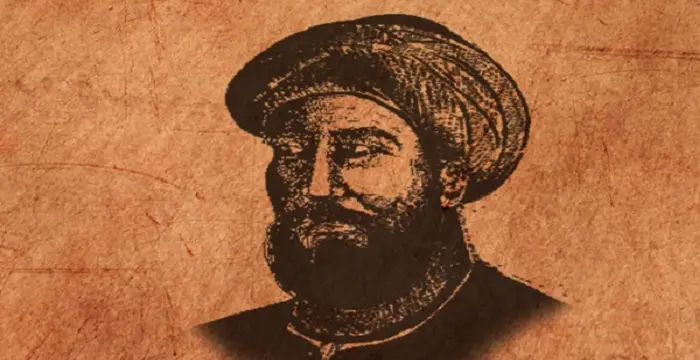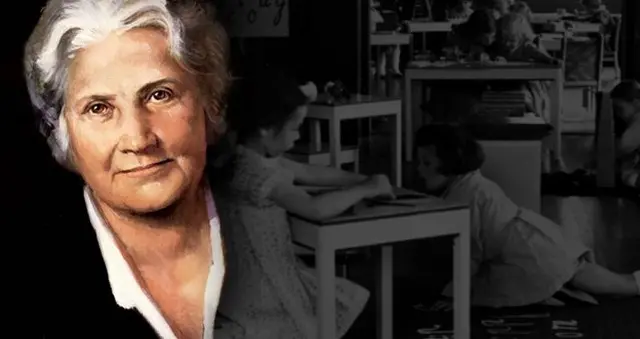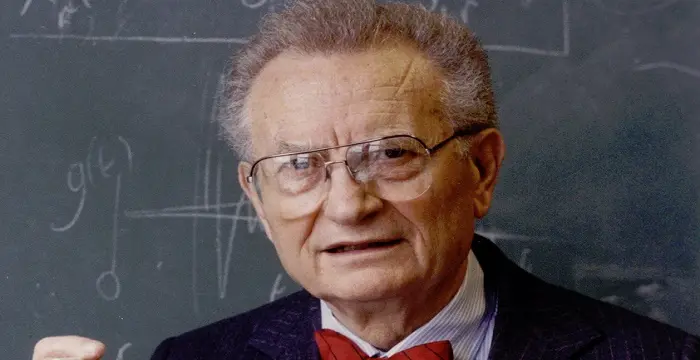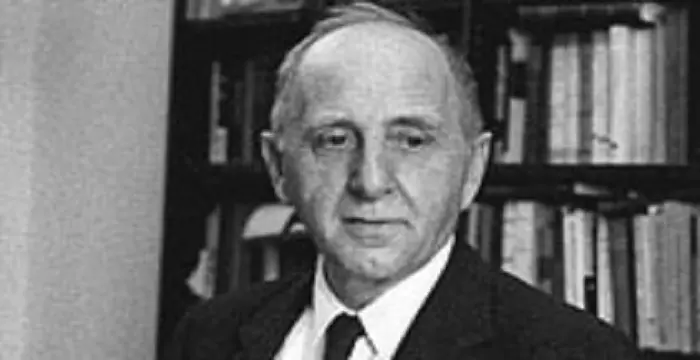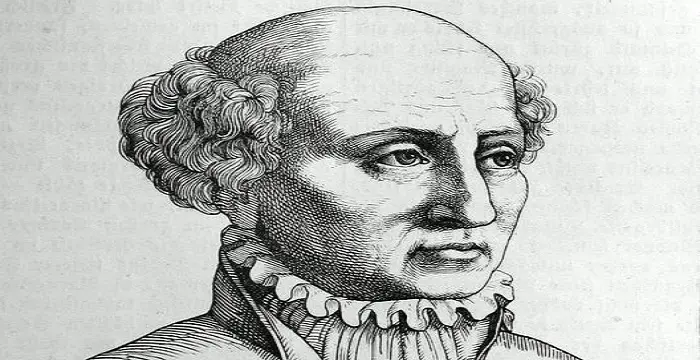
Paracelsus - Astrologer, Family and Family
Paracelsus's Personal Details
Paracelsus was a Swiss German physician, philosopher, botanist and astrologer, known as the founder of toxicology
| Information | Detail |
|---|---|
| Birthday | December 17, 1493 |
| Died on | September 24, 1541 |
| Nationality | Swiss |
| Famous | Intellectuals & Academics, Physicians, Botanists, Astrologer |
| Universities |
|
| Birth Place | Einsiedeln, Switzerland |
| Religion | Roman Catholic |
| Gender | Male |
| Father | Wilhelm Bombast von Hohenheim |
| Mother | Elsa Oschner |
| Sun Sign | Sagittarius |
| Born in | Einsiedeln, Switzerland |
| Famous as | Physician, Botanist, Astrologer |
| Died at Age | 47 |
// Famous Astrologer
Johannes Kepler
Johannes Kepler was a famous German astronomer, mathematician and astrologer. Read on to learn more about Johannes Kepler’s profile, childhood, life and timeline in this biography.
Paracelsus's photo
Who is Paracelsus?
Paracelsus was a Swiss Germanphysician famous for establishing the importance of chemistry in the field of medicine and using unconventional cures for treating patients. As indicated by the ‘London Pharmacopoeia’ he was the inventor of new chemical remedies that involved iron, mercury, sulphur, and copper-sulphate. He was also famous for publishing a book on surgery titled ‘Der grossen Wundartzney’ or ‘The Great Surgery Book’ and for describing syphilis in clear clinical terms. He was the first to suggest that silicosis or ‘miner’s disease’ was not caused by the curse of ‘mountain spirits’ for sins committed by the miners but was the effect of inhaling vapors produced by various metals inside the mines. The practice of modern homeopathy evolved from his suggestions that giving a person small doses of things that made him ill in the first place could also cure him. He is also famous for curing the people of Stertzing suffering from a plague in 1534 by administering an oral medicine consisting of bread containing a minute quantity of the patient’s excreta removed by him with a needle point.He was the first to relate goiter to minerals in which lead played the main part. He had also contributed to the field of psychiatry by inventing new methodsof dealing with psychological ailments.
// Famous Botanists
Carl Linnaeus
Carolus Linnaeus was a renowned Swedish biologist popularly known as the ‘Father of Modern Taxonomy’ who founded the binomial nomenclature. Read on to know more about his childhood, career, profile and timeline
Charles Darwin
Charles Darwin was one of the most influential figures in human history. Go through this biography to get details about his life, profile and timeline.
Birbal Sahni
Birbal Sahni was an Indian palaeobotanist who founded the Birbal Sahni Institute of Palaeobotany in Lucknow. This biography of Birbal Sahni provides detailed information about his childhood, life, achievements, works & timeline.
Childhood & Early Life
Paracelsus was born Philippus Aureolus Theophrastus Bombastus von Hohenheimin Sihlbrucke near Einsiendeln, Switzerland on December 17, 1493.
His father was an impoverished Swabian doctor and chemist named Wilhelm Bombast von Hohenheim who served as a physician at the Benedictine abbey in Einsiedeln.His mother was a Swiss woman named Elsa Oschner, a bondswoman in the abbey of Einsiedeln.
He was known as Theophrastus in his childhood and was nine years old when his mother died.
After his mother’s death, he and his father moved to Villach, Carinthia, which was located in Southern Austria in 1502. He was taught medicine, botany and mineralogy by his father who looked after the inhabitants of the cloister and the pilgrims who came there. He also received a lot of theological knowledge from the clerics of ‘St. Paul’s Abbey’ in Lavanttal and its convent school.
In Villach he attended the ‘Bergschule’ where young students were trained to become overseers and analysts for supervising mining operations involving gold, iron, mercury, tin, alum and copper-sulphate ores. This school, where his father also taught chemical theory and its practice, had been set up by a family of wealthy bankers named Fuggers.
As he learnt about the various metals that were available on earth and saw how they were extracted from their respective ores by smelting,he wondered whether gold could be truly obtained from lead as was believed by many alchemists at that time. He learnt metallurgy and chemistry from these classes which helped him to make discoveries related to chemotherapy later.
In 1507 he wandered from university to university throughout Europe in search of a famous and dedicated teacher and an interesting subject to study. During the next five years he attended the universities of Basel, Tubingen, Wittenberg, Heidelberg, Leipzig, and Cologne, but was disappointed with each of them.
He believed that the crude language used by gypsies, sorcerers, robbers, outlaws, innkeepers, barbers, and teamsters could teach him more than any university. He thought that their knowledge had more common sense that the scholastic teachings of recognized medical experts of that period like Galen, Aristotle and Avicenna.
He joined the ‘University of Basel’ in 1509 at the age of 16 and then moved to the ‘University of Vienna’ from where he graduated with a baccalaureate in medicine in 1510.
He next joined the ‘University of Ferrara’ in Italy where he disproved the belief that the human body was controlled by the planets and the stars. He received a doctoral degree from the ‘University of Ferrara’ in 1516.
Career
After obtaining his doctoral degree Paracelsus set out on a journey throughout Europe, which covered Denmark, Sweden, Holland, Germany, France, Spain, Hungary, Poland, England, Scotland, Ireland, Prussia and Tartary.
He was taken a captive by the Tartars when he went to Russia later. He escaped from them and fled to Lithuania and then to Hungary in the south.
In 1521 he joined the Venetian army as an army surgeon and travelled through Arabia, Egypt, the Holy Land and finally came to Constantinople.
Wherever he went, he met and talked with the experts and knowledgeable people who could teach him more about practical alchemy and learnt the most effective ways to treat patients as well as using the latent forces in nature to cure them.
In 1524 Paracelsus returned to Villach and was appointed as the town physician because of his various miraculous cures which the people already knew about. He was also made a lecturer of medicine at the ‘University of Basel’ in Switzerland. Students from all over Europe attended his classes on medicine. He reached the peak of his career while at Basel where he denounced the use of ineffective pills, potions, salves, balms and other things that prevented nature from healing wounds.
In 1526 he became a citizen of Strasbourg and tried to establish his own practice. During this time he was called to treat Johann Froben, a successful printer and publisher, who was on his sickbed. Paracelsus was able to cure Johann.
Erasmus von Rotterdam, the Dutch humanist during the Renaissance period, had witnessed Paracelsus’s medical skills and offered to initiate a joint dialogue on theological and medical matters.
By 1528,Paracelsus had made enemies of the doctors, magistrates and apothecaries in Basel and had to leave for Colmar located about fifty miles north of Basel in Upper Alsace.
He traveled through the country during the next eight years, stayed with friends, made revisions to his old writings and wrote new ones including the book on surgery which made him famous for the second time. He visited Nuremburg, Beritzhausen and Amberg in 1529, St. Gall and Innsbruck in 1531, Sterzing and Meran in 1534, Augsburg in 1535 and Presburg and Vienna in 1537.
Paracelsus returned to Villach in May 1538 to meet his father but found that he had passed away four years back. He was exiled from Basel in the same year.
Major Works
He wrote a clinical description of syphilis in 1530 where he stated that the disease could be treated by the intake of compounds of mercury in measured quantities.
In 1536 Paracelsus published a book on surgery titled ‘Der grossen Wundartzney’ which was the first of its kind in that period. It helped him get back the reputation he had enjoyed at the ‘University of Basel’.
Most of Paracelsus’s work was considered to be improper and did not conform to existing standards but in 1618 the ‘Royal College of Physicians’ in London finally published a new Pharmacopeia that contained some of the remedies suggested by him.
Personal Life & Legacy
Paracelsus was known for kindling controversies. On June 24, 1527, Paracelsus burned the books written by the Arab physician Avicenna and the Greek physician Galen in front of the university which reminded the people of Dr. Martin Luther who burnt a papal bull threatening excommunication in front of the Elster Gate in Wittenberg, Germany on December 10, 1520.
Paracelsus died on September 24, 1541 in Salzburg, Austria at the age of 47 after a brief illness while visiting Prince Palatine, the Duke Ernst of Bavaria.
His most important legacy is the criticism of the scholastic teachings in science, medicine and theology. Though his theories do not match modern thinking on scientific matters, they were responsible for bringing a more dynamic approach to scientific methods in treating patients having physical or mental illnesses.
Trivia
Paracelsus was an arrogant and difficult man who liked to ridicule other physicians. Because of his attitude he soon earned the dislike and anger of many other physicians in Europe.
He gave the metal zinc its name by calling it ‘zincum’ and was the founder of toxicology.
He was sometimes referred to as the ‘Devil’s physician’ for curing many patients with his strange remedies as if by magic.
// Famous Physicians
Al-Zahrawi
Al-Zahrawi, was an illustrious medieval Arab Muslim physician and surgeon. Check out this biography to know about his childhood, family life, achievements and interesting facts about him.
Jabir Ibn Hayyan
Jabir Ibn Hayyan was a medieval era polymath. Check out this biography to know about his life, works and achievements.
Maria Montessori
Maria Montessori was a physician and educator who developed the approach of Montessori education. This biography of Maria Montessori provides detailed information about her childhood, life, achievements, works & timeline.
Paracelsus biography timelines
- // 17th Dec 1493Paracelsus was born Philippus Aureolus Theophrastus Bombastus von Hohenheimin Sihlbrucke near Einsiendeln, Switzerland on December 17, 1493.
- // 1502After his mother’s death, he and his father moved to Villach, Carinthia, which was located in Southern Austria in 1502. He was taught medicine, botany and mineralogy by his father who looked after the inhabitants of the cloister and the pilgrims who came there. He also received a lot of theological knowledge from the clerics of ‘St. Paul’s Abbey’ in Lavanttal and its convent school.
- // 1507In 1507 he wandered from university to university throughout Europe in search of a famous and dedicated teacher and an interesting subject to study. During the next five years he attended the universities of Basel, Tubingen, Wittenberg, Heidelberg, Leipzig, and Cologne, but was disappointed with each of them.
- // 1509 To 1510He joined the ‘University of Basel’ in 1509 at the age of 16 and then moved to the ‘University of Vienna’ from where he graduated with a baccalaureate in medicine in 1510.
- // 1516He next joined the ‘University of Ferrara’ in Italy where he disproved the belief that the human body was controlled by the planets and the stars. He received a doctoral degree from the ‘University of Ferrara’ in 1516.
- // 10th Dec 1520 To 24th Jun 1527Paracelsus was known for kindling controversies. On June 24, 1527, Paracelsus burned the books written by the Arab physician Avicenna and the Greek physician Galen in front of the university which reminded the people of Dr. Martin Luther who burnt a papal bull threatening excommunication in front of the Elster Gate in Wittenberg, Germany on December 10, 1520.
- // 1521In 1521 he joined the Venetian army as an army surgeon and travelled through Arabia, Egypt, the Holy Land and finally came to Constantinople.
- // 1524In 1524 Paracelsus returned to Villach and was appointed as the town physician because of his various miraculous cures which the people already knew about. He was also made a lecturer of medicine at the ‘University of Basel’ in Switzerland. Students from all over Europe attended his classes on medicine. He reached the peak of his career while at Basel where he denounced the use of ineffective pills, potions, salves, balms and other things that prevented nature from healing wounds.
- // 1526In 1526 he became a citizen of Strasbourg and tried to establish his own practice. During this time he was called to treat Johann Froben, a successful printer and publisher, who was on his sickbed. Paracelsus was able to cure Johann.
- // 1528By 1528,Paracelsus had made enemies of the doctors, magistrates and apothecaries in Basel and had to leave for Colmar located about fifty miles north of Basel in Upper Alsace.
- // 1530He wrote a clinical description of syphilis in 1530 where he stated that the disease could be treated by the intake of compounds of mercury in measured quantities.
- // 1536In 1536 Paracelsus published a book on surgery titled ‘Der grossen Wundartzney’ which was the first of its kind in that period. It helped him get back the reputation he had enjoyed at the ‘University of Basel’.
- // May 1538Paracelsus returned to Villach in May 1538 to meet his father but found that he had passed away four years back. He was exiled from Basel in the same year.
- // 24th Sep 1541Paracelsus died on September 24, 1541 in Salzburg, Austria at the age of 47 after a brief illness while visiting Prince Palatine, the Duke Ernst of Bavaria.
- // 1618Most of Paracelsus’s work was considered to be improper and did not conform to existing standards but in 1618 the ‘Royal College of Physicians’ in London finally published a new Pharmacopeia that contained some of the remedies suggested by him.
// Famous Intellectuals & Academics
Bertil Gotthard Ohlin
Bertil Gotthard Ohlin was a famous Swedish economist. This biography profiles his childhood, family life & achievements.
Emily Greene Balch
Emily Greene Balch was an American economist, sociologist and pacifist who won the 1946 Nobel Peace Prize. This biography of Emily Greene Balch provides detailed information about her childhood, life, achievements, works & timeline.
Martin Buber
One of the greatest philosophers to have ever walked on earth, Martin Buber contributions to philosophy is a long-standing one. Explore all about his profile, childhood, life and timeline here.
Paul Samuelson
Nobel laureate Paul Anthony Samuelson is referred to as the ‘Father of Modern Economics’. This biography profiles his childhood, life, career, achievements and interesting facts about him.
Lao Tzu (Laozi)
Lao Tzu was a legendary Chinese philosopher who wrote the important “Daodejing”. This biography profiles his childhood, life, career, achievements and timeline.
Simon Kuznets
Simon Kuznets was a noted Russian-American economist, statistician, demographer, and economic historian. Check out this biography to know about his childhood, family life, achievements and other facts related to his life.
Paracelsus's FAQ
What is Paracelsus birthday?
Paracelsus was born at 1493-12-17
When was Paracelsus died?
Paracelsus was died at 1541-09-24
Where was Paracelsus died?
Paracelsus was died in Salzburg, Austria
Which age was Paracelsus died?
Paracelsus was died at age 47
Where is Paracelsus's birth place?
Paracelsus was born in Einsiedeln, Switzerland
What is Paracelsus nationalities?
Paracelsus's nationalities is Swiss
What was Paracelsus universities?
Paracelsus studied at University of Ferrara, University of Basel, University of Vienna
What is Paracelsus's religion?
Paracelsus's religion is Roman Catholic
Who is Paracelsus's father?
Paracelsus's father is Wilhelm Bombast von Hohenheim
Who is Paracelsus's mother?
Paracelsus's mother is Elsa Oschner
What is Paracelsus's sun sign?
Paracelsus is Sagittarius
How famous is Paracelsus?
Paracelsus is famouse as Physician, Botanist, Astrologer
